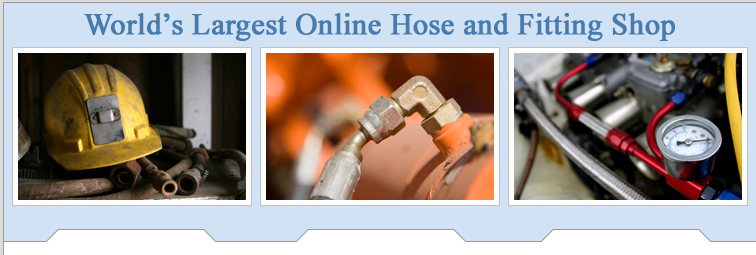Here's part 2 of our 3 part series on hydraulic trouble shooting 101.
a
STEP 3 - Pump or Relief Valve...
a
If high pressure cannot be obtained in STEP 2 by running the pump against the relief valve, further testing must be conducted to see whether the fault lies in the pump or in the relief valve. Proceed as follows: If possible, disconnect the reservoir return line from the relief valve at point H. Attach a short length of hose to the relief valve outlet. Hold the open end of this hose over the reservoir filler opening so the rate of oil flow can be observed. Start the pump and run the relief valve adjustment up and down while observing the flow through the hose.
a
If the pump is bad, there will probably be a full stream of oil when the relief adjustment is backed off, but this flow will diminish or stop as the adjustment is increased. If a flowmeter is available, the flow can be measured and compared with the pump catalog rating. If a flowmeter is not available, the rate of flow on small pumps can be measured by discharging the hose into a bucket while timing with a watch.
a
For example if a volume of 10 gallons is collected in 15 seconds, the pumping rate is 40 GPM, etc. If the gauge pressure does not rise above a low value, say 100 PSI, and if the volume of flow does not substantially decrease as teh relief valve adjustment is tightened, the relief valve is probably at fault and should be cleaned or replaced as instructed in STEP 5.
a
If the oil substantially decreases as the relief valve adjustment is tightened, and if only a low or moderate pressure can be developed, this indicates trouble in the pump. Proceed to STEP 4.
a
STEP 4 - Pump...
a
If a full stream of oil is not obtained in STEP 3, or if the stream diminishes as the relief valve adjustment is tightened, the pump is probably at fault. Assuming that the suction strainer has already been cleaned and the inlet plumbing has been examined for air leaks, as in STEP 1, the oil is slipping across the pumping elements inside the pump. This can mean a worn-out pump, or too high an oil temperature.
a
High slippage in the pump will cause the pump to run considerably hotter than the oil reservoir temperature. In normal operation, with a good pump, the pump case will probably run about 20F above the reservoir temperature.
a
If greater than this, excess slippage, caused by wear, may be the cause. check also for slipping belts, sheared shaft pin or key, broken shaft, broken coupling, or loosened set screw.
a

